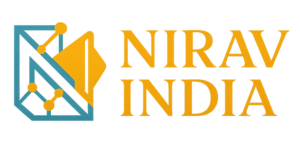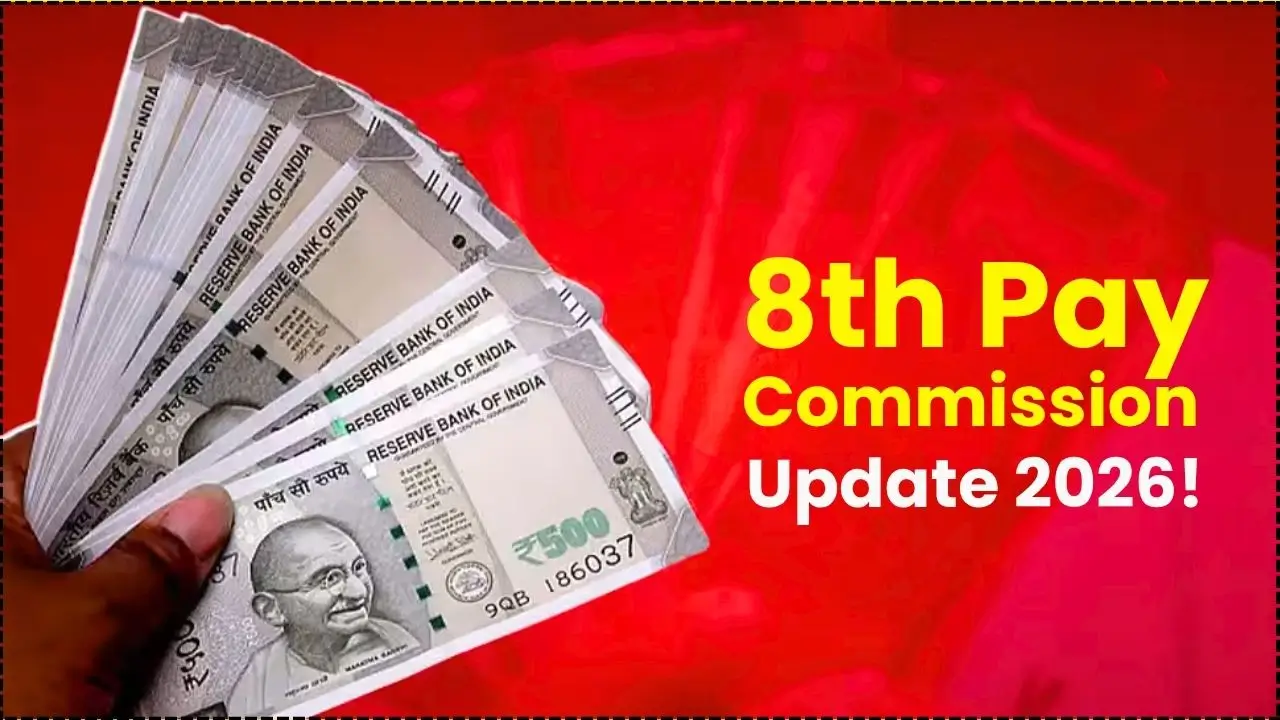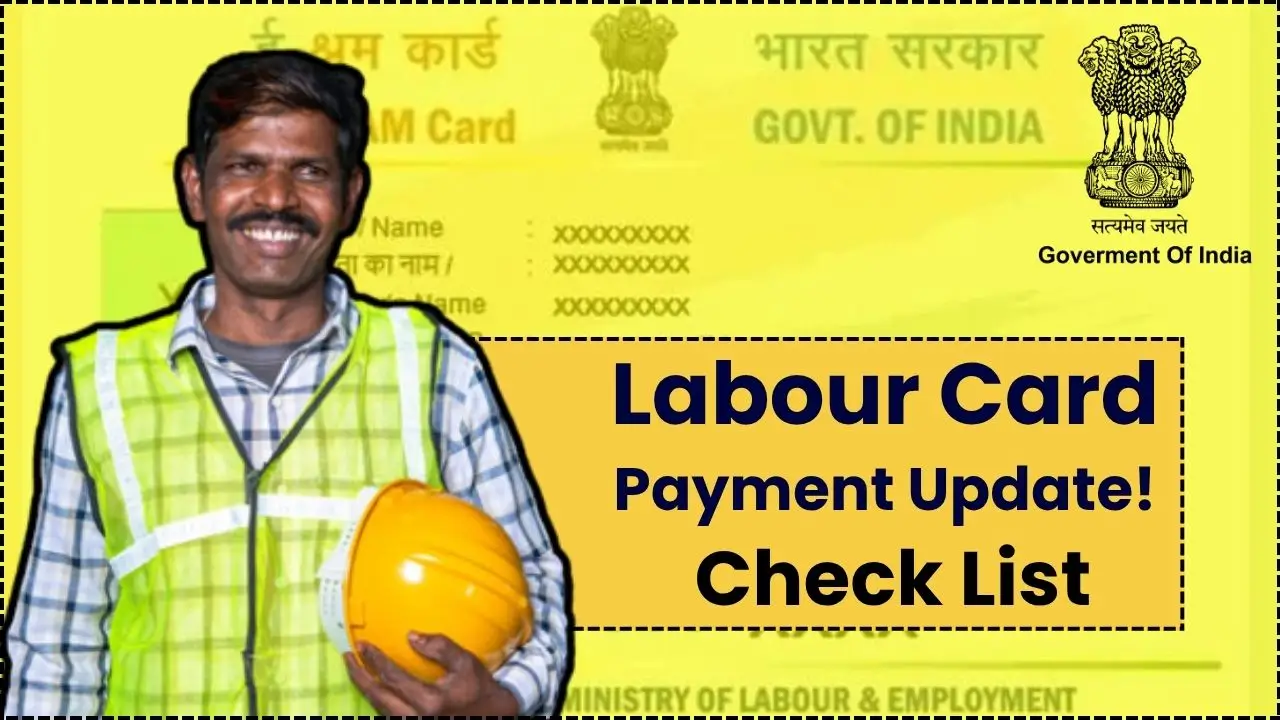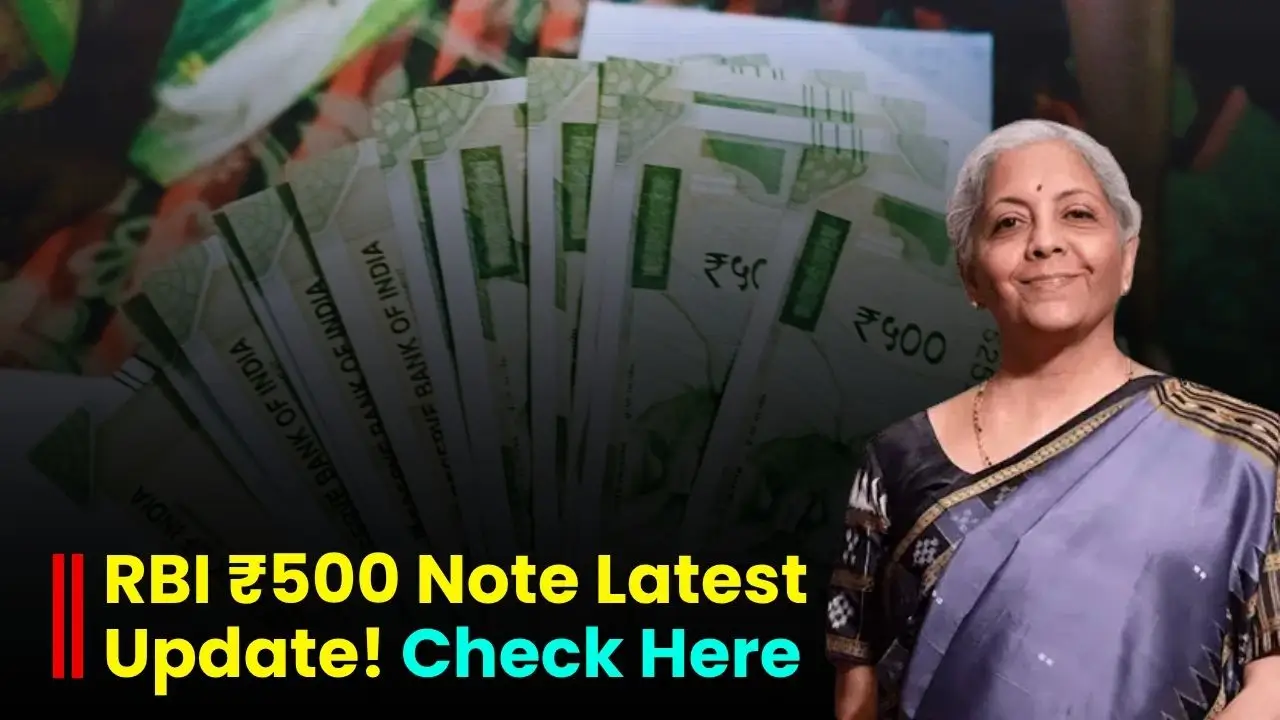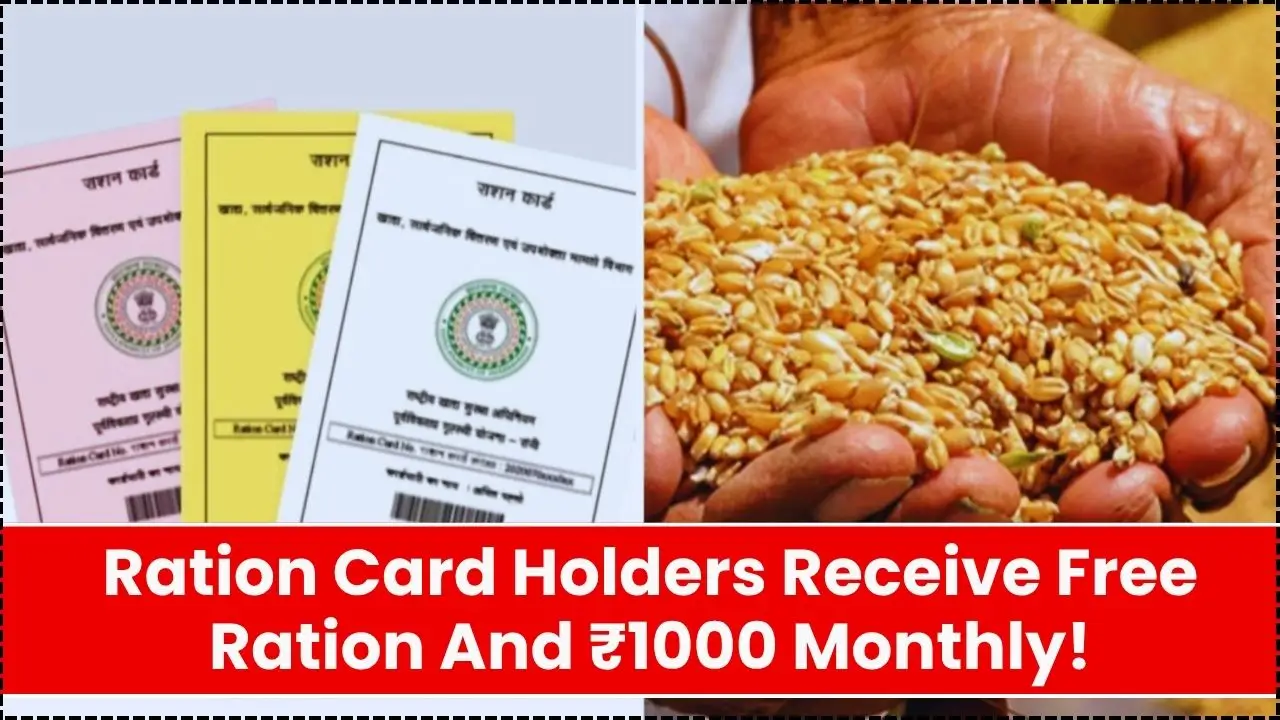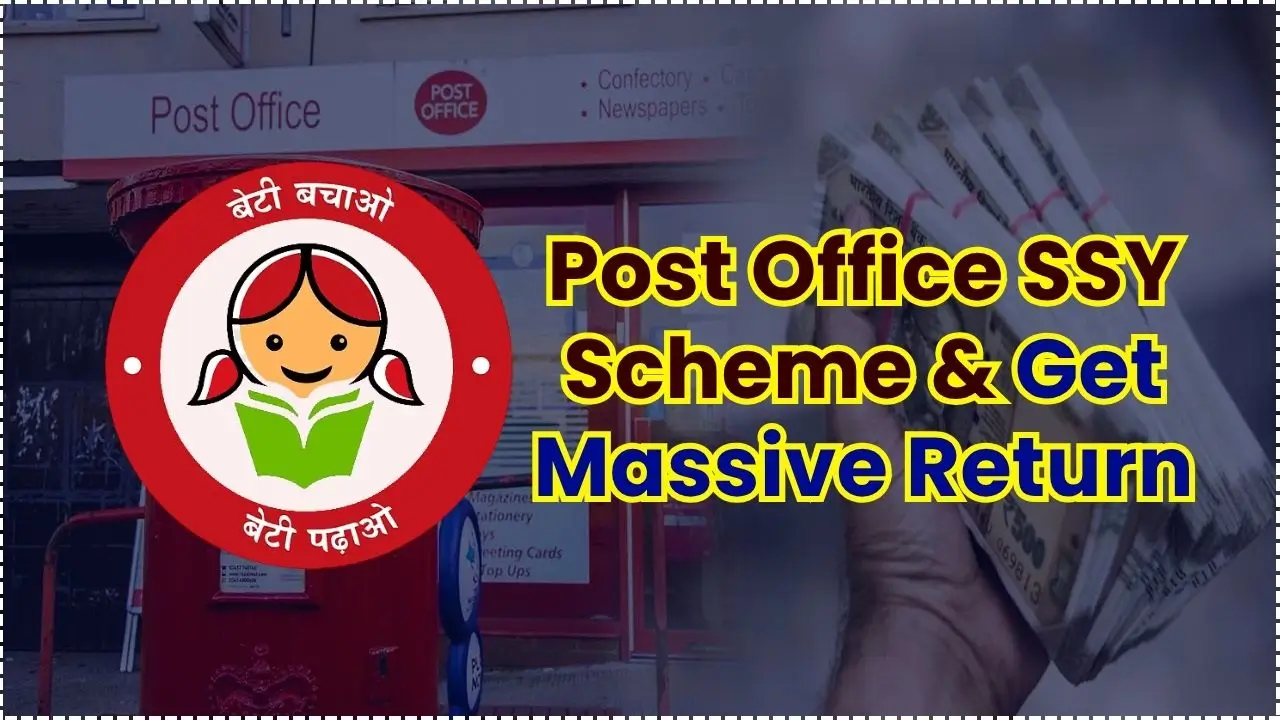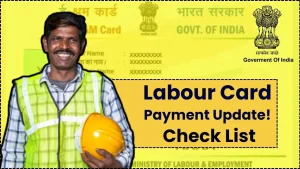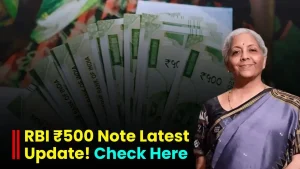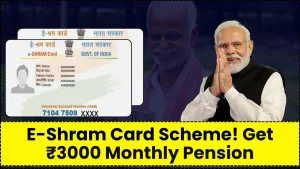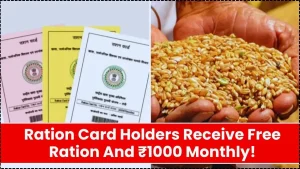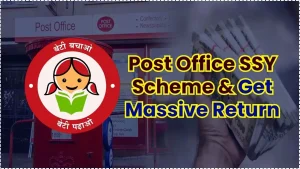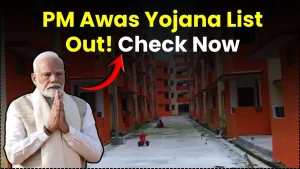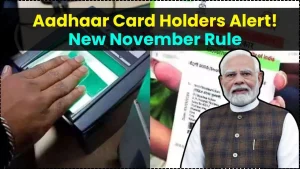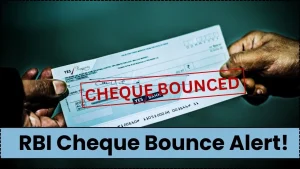If you’ve been waiting to see your name in the latest PM Awas Yojana approvals, this is the update you needed. The new beneficiary data for 2025 is being reflected across rural and urban portals, and eligible families can verify inclusion for assistance ranging from ₹1.20 lakh to as high as ₹2.50 lakh depending on the scheme component and location. Under PMAY-Gramin, unit assistance remains ₹1.20 lakh in plains and ₹1.30 lakh in hilly, NE and difficult regions, while PMAY-Urban support combined with interest subsidy can push the overall benefit closer to ₹2.50 lakh for qualifying households.
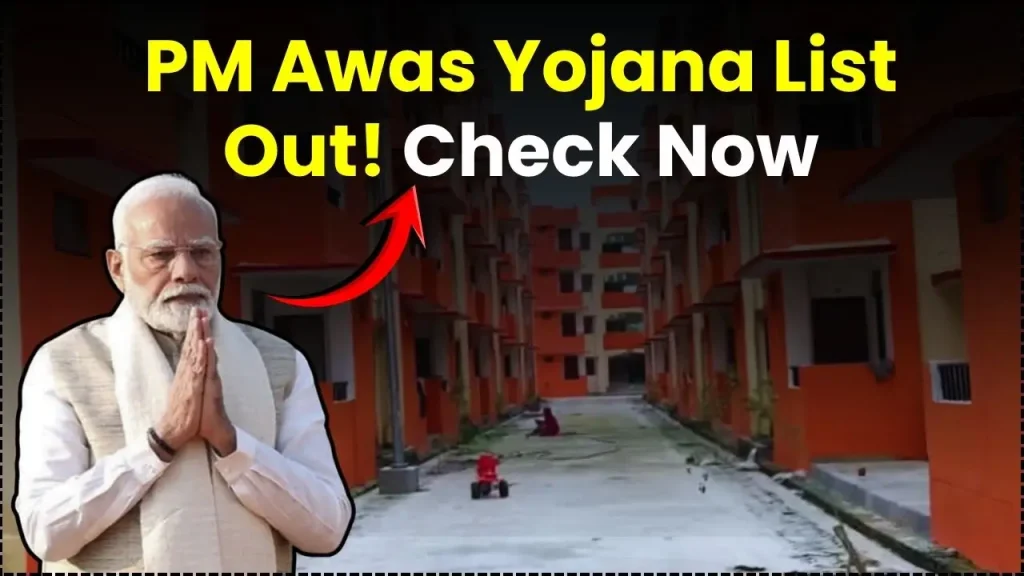
Rural beneficiaries receive standardized assistance of ₹1.20–₹1.30 lakh per sanctioned house, and urban beneficiaries can access central/state support plus credit-linked subsidy, which together can approach ₹2.50 lakh in eligible cases. To check your status immediately, use the PMAY-G Awaassoft reports for village-wise names, or use PMAY-U’s Search Beneficiary and Track Assessment tools to see your application stage, approvals, and funds.
₹1.20 Lakh To ₹2.50 Lakh PM Awas Yojana List
| Key Point | Details |
|---|---|
| Scheme Coverage | Two distinct missions: PMAY-Gramin (rural) and PMAY-Urban (urban), each with separate portals, status tools, and eligibility filters. |
| Assistance Range | PMAY-G: ₹1.20 lakh (plains) and ₹1.30 lakh (hilly/difficult). PMAY-U: overall benefit, including interest subsidy, can approach ₹2.50 lakh depending on category and state share. |
| Rural List Check | Awaassoft → Beneficiary search by Registration Number or Advanced Search; or village-wise Social Audit Reports for sanctioned lists. |
| Urban List Check | Search Beneficiary and Track Assessment Status via the official PMAY-Urban portal by name, mobile, Assessment ID, or Aadhaar-linked details where applicable. |
| 2025 Status | PMAY-G extended through 2028–29 with targets scaled up; PMAY-U house completion timeline extended for sanctioned cases and CLSS tracking supported through integrated platforms. |
| Convergence & Extras | Rural: ₹12,000 support for toilets via SBM-G; concessional loan options available. Urban: CLSS reduces interest burden for eligible EWS/LIG/MIG categories. |
Think of the range as two ends of the PMAY spectrum. The ₹1.20–₹1.30 lakh slab reflects the rural unit assistance for constructing a pucca house with essential features. The upper end near ₹2.50 lakh reflects how urban program assistance and CLSS interest subsidy together reduce the financial burden for eligible households, sometimes augmented by state shares. Your exact benefit depends on where you live, your category, the component under which you’re sanctioned, and whether you leverage the interest subsidy effectively.
Eligibility And Assistance (Rural)
PMAY-Gramin focuses on households without a permanent home or living in kutcha/semi-kutcha dwellings, identified via SECC-linked lists and Gram Sabha verification. The approved unit assistance is ₹1.20 lakh in plains and ₹1.30 lakh in hilly/difficult regions, with funding shared by Centre and States. Each house targets a minimum built area with basic amenities, and convergence enables sanitation grants and possible credit support to finish construction on time.
How To Check PMAY-G Beneficiary Name
- With Registration Number: Open the official Awaassoft Beneficiary page and enter your Registration Number to see status, sanction details, and fund stages.
- Without Registration Number: Use Advanced Search to filter by State, District, Block, and Gram Panchayat; or open Social Audit Reports and select “Beneficiary details for verification” to view the village-wise list with sanction numbers.
- If details don’t match: Carry your ID, bank details, and a print of the report to Gram Panchayat/Block to correct KYC, bank IFSC, or name mismatches that can delay releases.
How To Check PMAY-U Beneficiary Name
- Search Beneficiary: On the PMAY-Urban portal, look up your record using the available citizen tools tied to your assessment inputs.
- Track Assessment Status: Use your name, father’s name, mobile number, or Assessment ID to monitor verification, approval, and fund disbursement stages.
- If record isn’t found: Recheck your income category (EWS/LIG/MIG), ensure Aadhaar correctness, and resubmit or escalate through the designated urban channels.
Latest 2025 Updates You Should Know
PMAY-G has been extended through 2028–29 with targets expanded to cover remaining rural housing demand, keeping unit assistance norms intact. That means new sanctions are continuing in tranches, and village-wise social audit transparency is being maintained. On the urban side, the mission window for completing sanctioned houses has been extended, CLSS tracking remains available through integrated systems, and state-level participation shapes how much direct assistance complements the interest subsidy in your city.
Urban Categories and Subsidy Nuances
PMAY-Urban covers EWS, LIG, and specified MIG segments under defined income and property size caps. The big value driver is CLSS: the interest subsidy reduces the net present value of your loan interest, shrinking EMIs and the overall cost of ownership. Depending on your category, loan size, and city/state program structure, the combined impact of central assistance, state support, and CLSS can approach ₹2.50 lakh of effective benefit.
Step-By-Step: Rural Vs Urban Name Search
- PMAY-G:
- Option 1: Awaassoft → IAY/PMAYG Beneficiary search → enter Registration Number.
- Option 2: Advanced Search or Social Audit Reports → filter by State, District, Block, Gram Panchayat → open Beneficiary details for verification → download list if needed.
- PMAY-U:
- Option 1: Search Beneficiary on the official portal → look up by provided identifiers.
- Option 2: Track Assessment Status → enter name/father’s name/mobile/Assessment ID → view stage-wise progress and any pending actions.
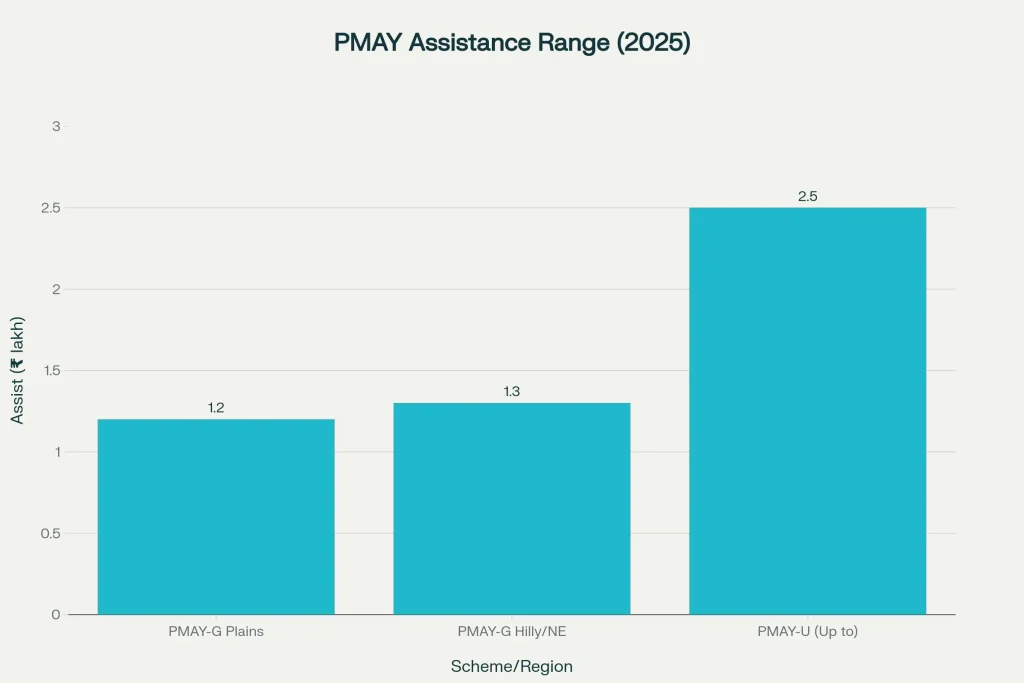
Common Reasons Your Name Isn’t Showing
- Rural:
- Pending Gram Sabha verification or block/district approval may delay your appearance in the live list.
- SECC data mismatches or spelling variations can hide your entry; try alternate spellings or check for older/newer year filters in the report.
- KYC or bank details not validated can stall status updates; correct them at the Panchayat/Block office.
- Urban:
- Aadhaar mismatch or incorrect income category selection can block validation.
- Incomplete assessment forms or missing documents will prevent records from surfacing.
- If you switched phone numbers, your Track Status lookup by mobile may fail; use Assessment ID or name-based options.
Document Checklist and Practical Tips
- PMAY-Gramin:
- Keep Aadhaar, bank passbook, job card (if applicable), and address proof handy.
- Match your bank account name and IFSC exactly with what’s in the system to avoid payment FTO rejections.
- If your name appears in Social Audit Reports but installments lag, visit the Panchayat with the report print and bank documents to nudge the update.
- PMAY-Urban:
- Confirm your category (EWS/LIG/MIG) and ensure Aadhaar linkage is correct.
- Preserve your Assessment ID and keep a screenshot of your application acknowledgment.
- Track status weekly during verification windows; respond promptly to document calls.
Aadhar Card Holders Alert – New November Rule Brings Major Change, Check Latest Update Now
Who Gets Included in The New Lists
- Rural inclusion is driven by transparent, need-based selection tied to SECC data, local verification, and sanctioned targets released phase-wise. Newly sanctioned beneficiaries show up with sanction numbers and details in the village-wise Social Audit Reports, which can be printed or exported for follow-up.
- Urban inclusion runs through the city mission’s assessment pipeline and project approvals. Beneficiaries linked to projects or self-constructed units under specified components can confirm status through the portal’s search and tracking modules.
FAQs on ₹1.20 Lakh To ₹2.50 Lakh PM Awas Yojana List
How much assistance is available in PMAY-Gramin?
₹1.20 lakh for plains and ₹1.30 lakh for hilly/NE/difficult regions per sanctioned house, with additional ₹12,000 toilet support via sanitation convergence and optional concessional loan support.
Can PMAY-Urban benefits reach around ₹2.50 lakh?
Yes. When central/state assistance combines with CLSS interest subsidy, the total benefit can approach ₹2.50 lakh for eligible households, subject to category, loan size, and state participation.
How do I check my name in PMAY-G without a registration number?
Use the Awaassoft Social Audit Reports. Filter by State, District, Block, and Gram Panchayat to see sanctioned names and sanction numbers for your village. You can download and carry a copy to your Panchayat for any corrections.
What should I do if my PMAY-Urban record doesn’t show up?
Verify your inputs, especially Aadhaar and income category, then use Track Assessment Status with your Assessment ID or name and mobile. If needed, contact the city mission helpdesk to resolve documentation gaps.
